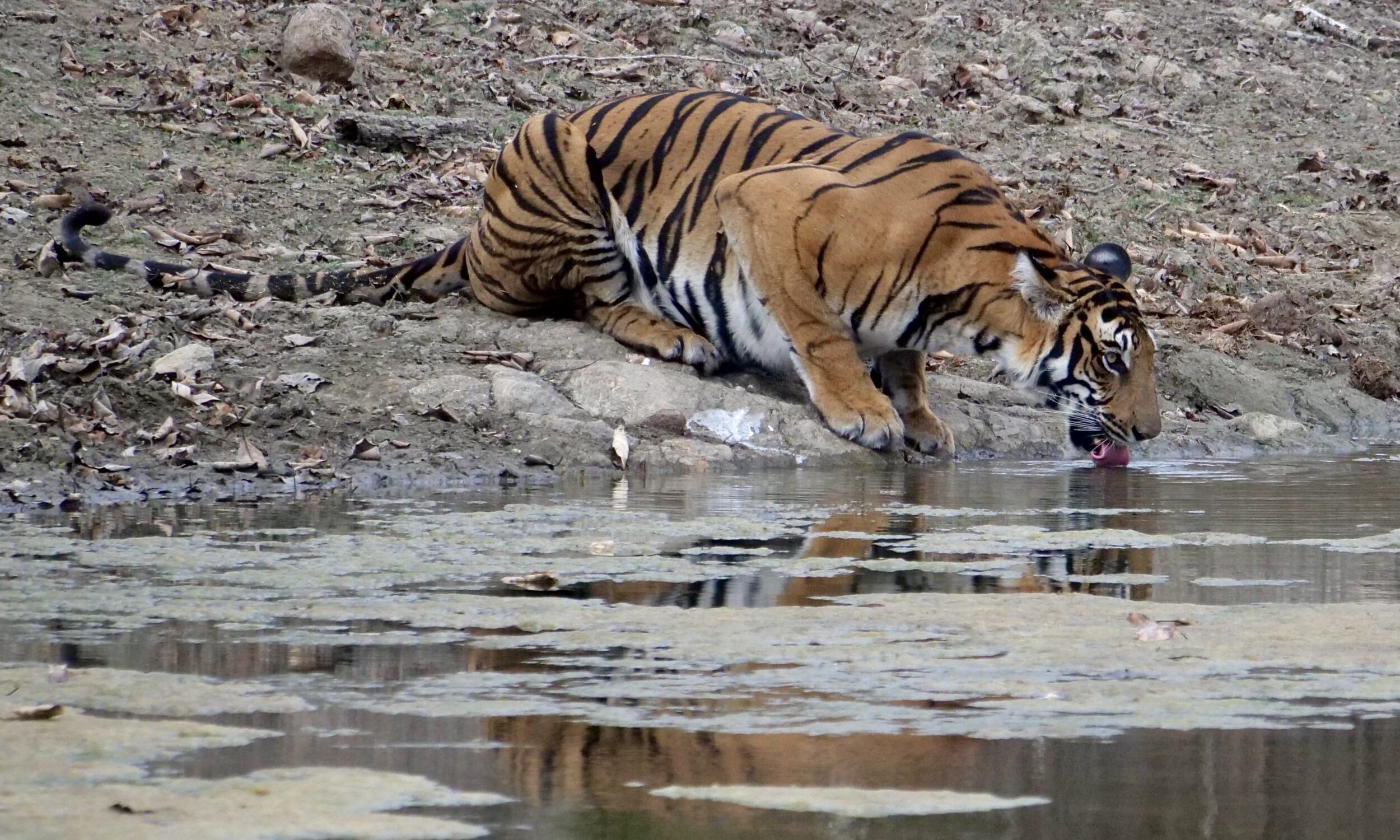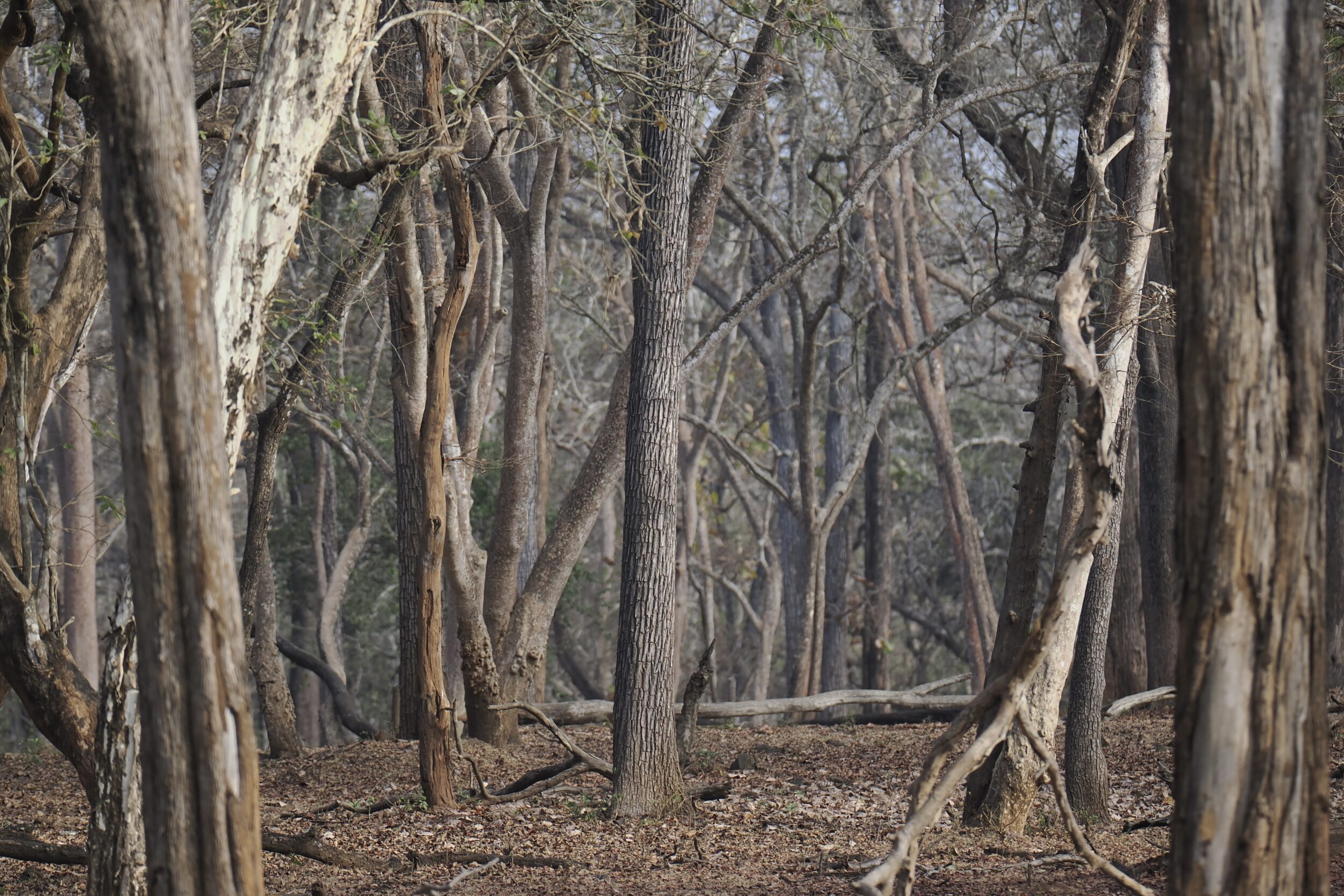It was late afternoon, on our final “full” day in and around Nagarhole Tiger Reserve.
We were midway through the eighth of our nine Nagarhole wildlife “drives”.
Tiger-wise, time was running out.
We had enjoyed many “close encounters of the wildlife kind”, including one with a very healthy leopard.
On two occasions we had seen a tiger…just, fleetingly.
On more than two other occasions our ears had provided unmistakable evidence that a leopard or tiger was “on the prowl”, nearby.
However, at 4.52 pm on 07 March it appeared likely that we were not going to experience any 2023-vintage, visual “close encounter of the tiger kind”.
I took the featured photo – above – at 4.58 pm.
Comments closed

